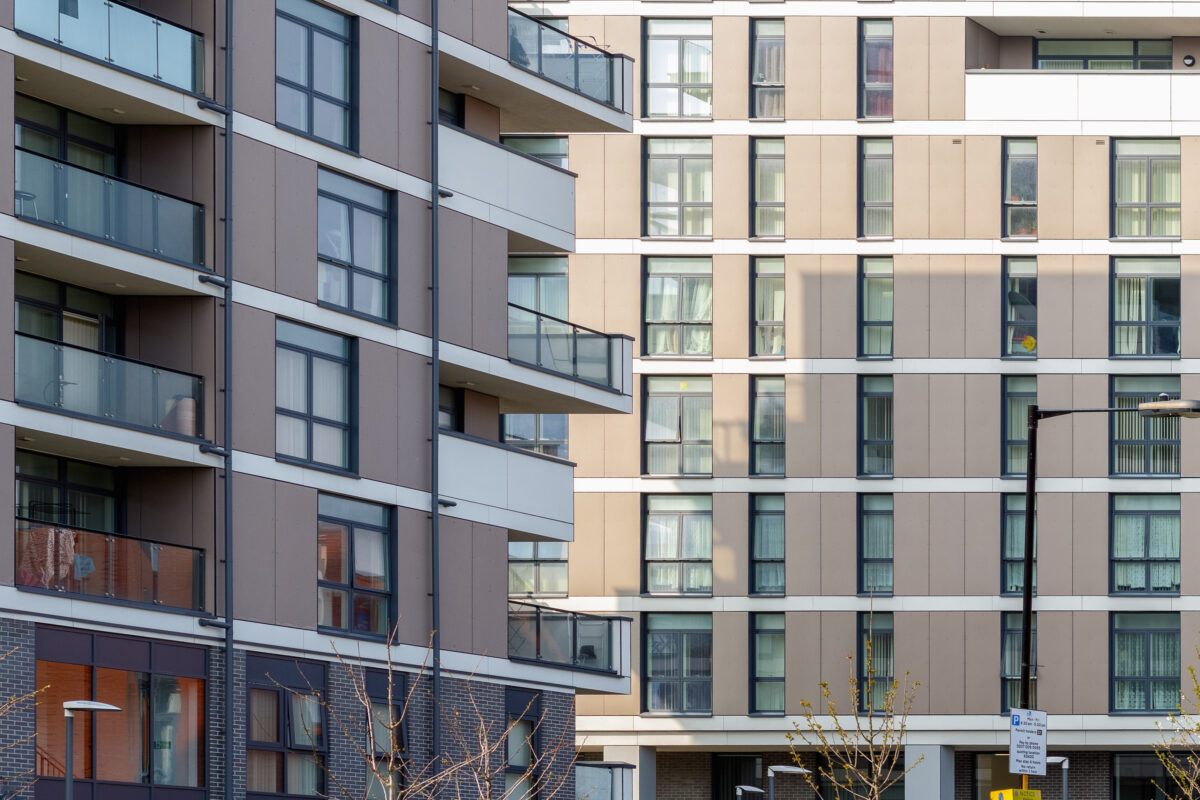When it comes to balcony decking, slip resistance is an important factor to consider. You want to select a decking product that has excellent slip resistance to avoid accidents on your balcony. There are various tests that manufacturers conduct on their product to demonstrate slip resistance. In this blog post, we are going to take a deeper dive into the different testing methods and other essential factors to consider, in order to check the slip resistance of balcony decking. This will help you as an architect or specifier to make an informed decision about your decking solution.
Slip Resistance Testing
According to research conducted by the UK Slip Resistance Group (UKSRG), the British Standards Institution and the HSL (Health, Safety and Welfare), certain portable, commercially available scientific testing instruments can be used to accurately test the slip resistance of various flooring materials. Using these instruments, two slip resistance testing methods have been developed. They are as follows:
The Pendulum Test
The pendulum CoF (coefficient of friction) test is also commonly referred to as the portable skid resistance tester, the British pendulum, and the TRRL pendulum. With this testing method, a swinging, imitation heel is used to sweep over a set area of flooring in a controlled manner. Based on the pendulum test value (PTV) the slipperiness of the flooring can be discerned.
Based on research conducted, the pendulum test has proved to give reliable and accurate results. It has, therefore, been adopted by the HSE as the standard testing method when assessing the slip resistance for both dry and contaminated conditions.
It is advised that, in order to obtain the most accurate results, the test needs to be conducted by a trained and competent person. In the case of profiled flooring, several tests need to be conducted in different directions to obtain the most accurate results.
Surface Microroughness Test
A surface microroughness meter is used to conduct this test and it is a good way to indicate slipperiness in water-contaminated conditions. These measurements are also helpful indicators of wear and tear of the surface.
The Ramp Test
The third test that can be conducted for measuring the slip resistance of a surface is the ramp test designed by HSL. For this test, clean water and footwear with standardised soling material is used to check the slipperiness of the surface. Barefoot tests can also be conducted to determine the risk of slipping.
To conduct this test, the test subjects are made to walk forwards and backwards over a contaminated flooring sample. The inclination of the sample flooring is gradually increased until the test subject slips. The average inclination angle at which the slip occurs is then used to determine the CoF of the flooring. This method can also be used to understand the slipperiness of the flooring.
Other Ramp Tests
There are a few other ways these ramp tests can be conducted. Many European flooring manufacturers use these to classify the slip resistance of their product prior to selling them. These tests are based on the guidelines of the German National Standard test mentioned in DIN 51097:19924 and DIN 51130:20045. These use a combination of soap solution or motor oil as the contaminant.
Which Test should be used for Balcony Decking?
While all the above-mentioned tests can be used to determine the slip resistance of balcony decking, it is always good to go for a company that uses the Pendulum Testing Method based on BS7976-2. When it comes to the R rating or the Ramp Test method in particular, the results are most accurate when used in conjunction with Pendulum Tests and not as a replacement.
Slip Resistance Testing at MyDek
At MyDek, safety is one of our main brand values and we take testing very seriously. All our products go through multiple tests to ensure the highest performance for our clients. When it comes to slip resistance testing, we use the Pendulum Test based on the guidelines provided in BS7976 – 2, on both dry and wet surfaces to ensure maximum safety for residents. According to the BS7976, in order to pass the Pendulum Test for slip resistance, the flooring needs to test >36 PTV,(Pendulum Test Value) for both dry and wet surfaces. Here is the slip resistance performance for each of our product range:
Luxura® Decking System:
| Slip resistance – DRY (Slider 4S – 96) | 60 PTV |
| Slip resistance – WET (Slider 4S – 96) | 43 PTV |
| Slip resistance – DRY (Slider 55) | 89 PTV |
| Slip resistance – WET (Slider 55) | 37 PTV |
Delta30 Decking System:
| Slip resistance – Wet | 39.5 PTV |
| Slip resistance – Dry | 59 PTV |
Delta20 Decking System:
| Slip resistance – Wet | 40 PTV |
| Slip resistance – Dry | 59 PTV |
Innova Decking System:
| Slip resistance – Wet | 39.5 PTV |
| Slip resistance – Dry | 59 PTV |
Vista Decking System:
| Slip resistance – Wet | 39.5 PTV |
| Slip resistance – Dry | 59 PTV |
Naturo™ Decking System:
| Slip resistance – Wet | 39.5 PTV |
| Slip resistance – Dry | 59 PTV |
To learn more about our testing methods at MyDek, please get in touch with our team for further information.
Training about Slip Resistance Testing is also part of our popular CPD seminars. Interested to book a session for your team? These can be delivered on line or in person. Just contact us to get a date in the calendar that works for you!

